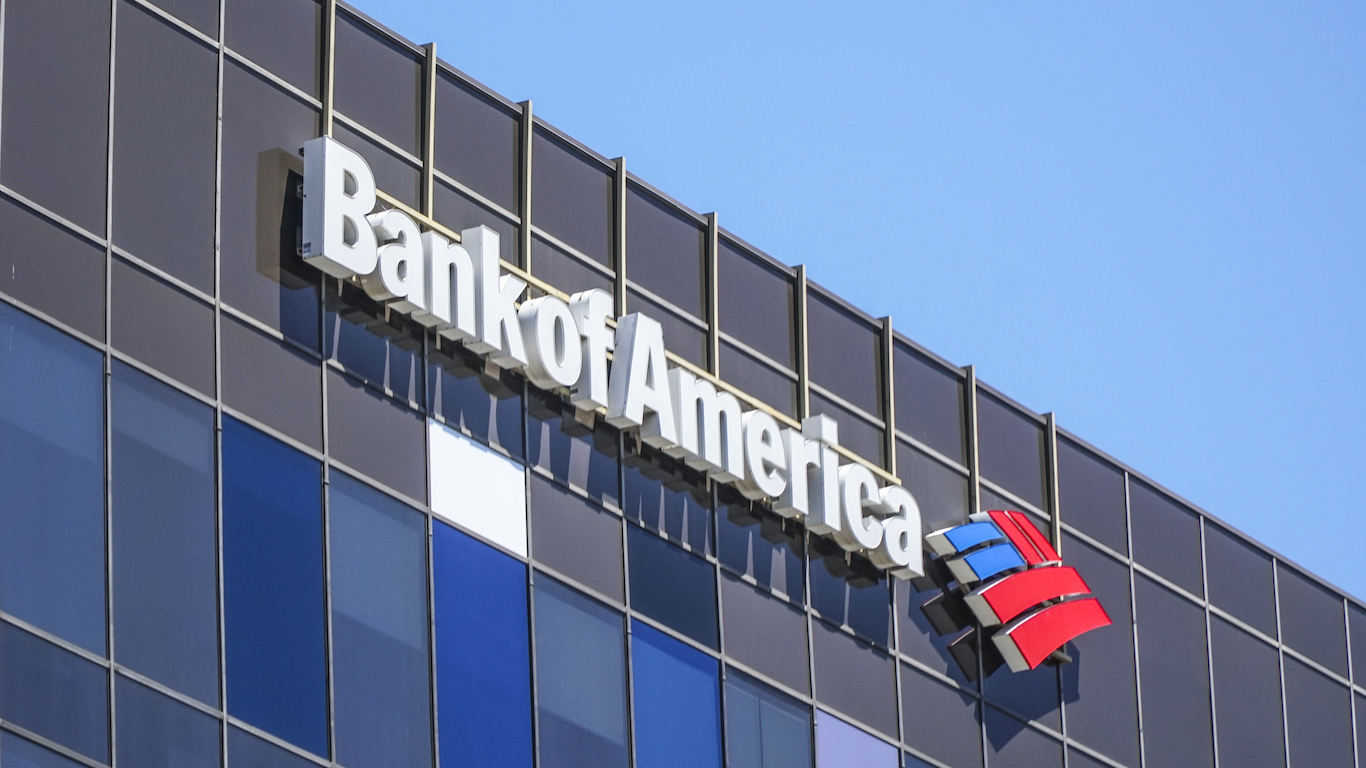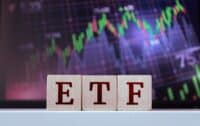In 1942, economist Joseph Schumpeter came up with the notion of "creative destruction". The term became more popular in the 1970s and 1980s as Wal-Mart (WMT) ran K-Mart out of town and Xerox (XRX) and Polaroid where crushed by digital competition.
From 2002 to early 2006, NetFlix (NFLX) had its turn at creative destruction. Its new model of delivering DVDs though the mail virtually destroyed Blockbuster’s (BBI) bricks-and-mortar model. Over that period, Netflix stock rose almost 400%. Blockbuster’s fell 80%.
But, no creative destruction lasts forever, and now it is NetFlix’s turn to get eaten up. So far this year, NFLX shares are off 35% and Blockbuster’s are down 20%. After NetFlix posted earnings, its shares hit a level lower that they have seen in two years.
The easy answer about why NetFlix is down so much is that its subscriber base is now flat, sitting short of seven million, and its is having to lower the price of its service because Blockbuster has entered the DVD-through-the-mail business in an attempt to stay afloat.
But, that isn’t the right reason. Just at NetFlix was instrumental in destroying shareholder value at Blockbuster, the digital video age is killing the NetFlix model.
Two years ago, Apple (AAPL) TV did not exist. Neither did Qualcomm’s (QCOM) MediaFlow TV product for cellphones. Amazon’s (AMZN) UnBox was not in the market. Neither were many of the cable VOD options or Verizon’s (VZ) FiOS television offering. And, Wal-Mart did not have an online video download service.
It is too late for NetFlix. Just as it was for Blockbuster as the company discovered that the market had passed it by. NetFlix may be in business for years, but it has lost the war for providing premium video to consumers.
Douglas A. McIntyre
Thank you for reading! Have some feedback for us?
Contact the 24/7 Wall St. editorial team.





